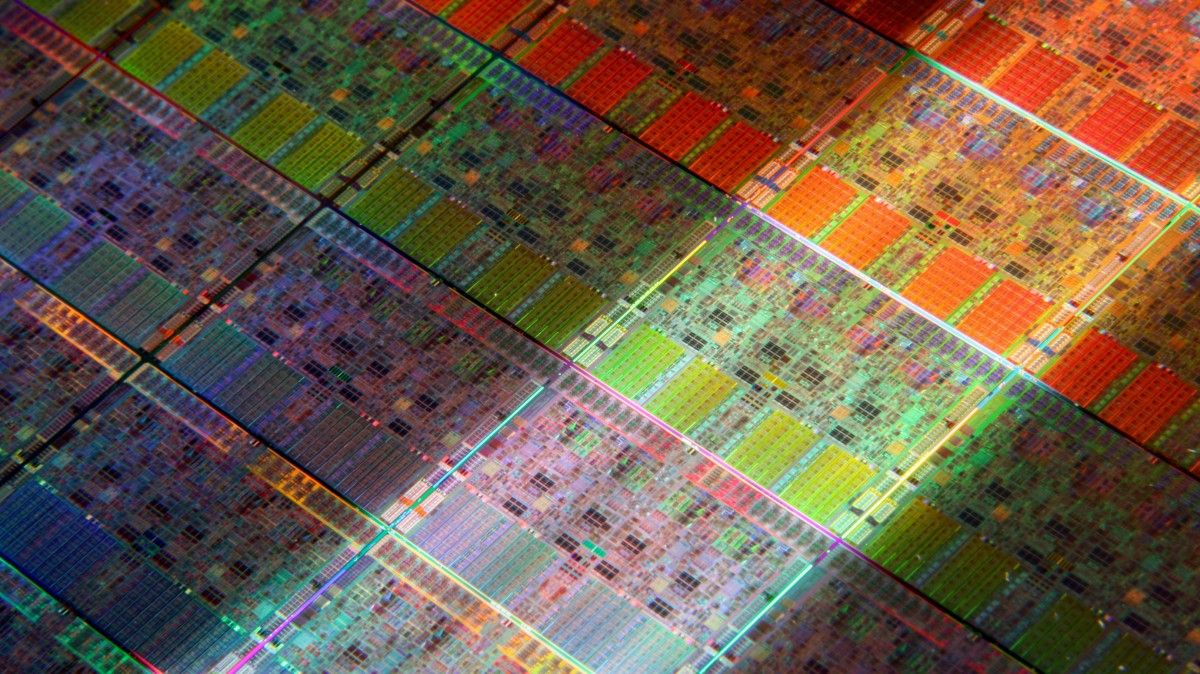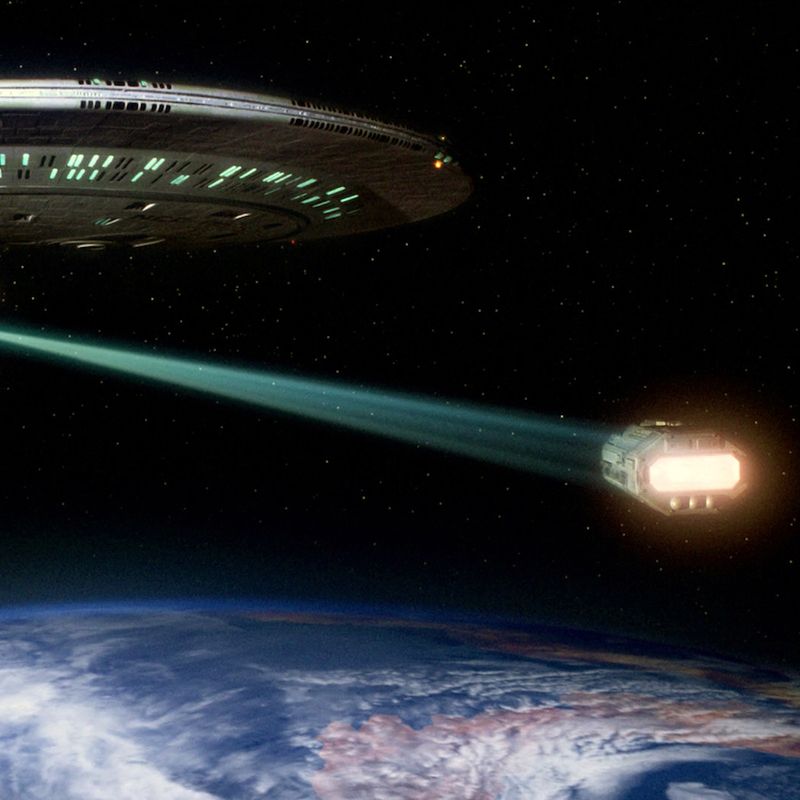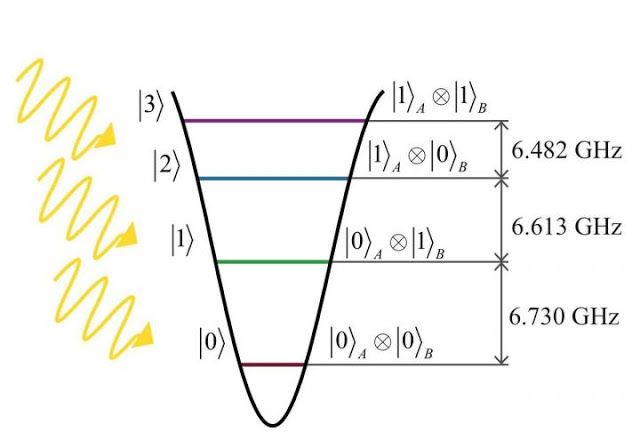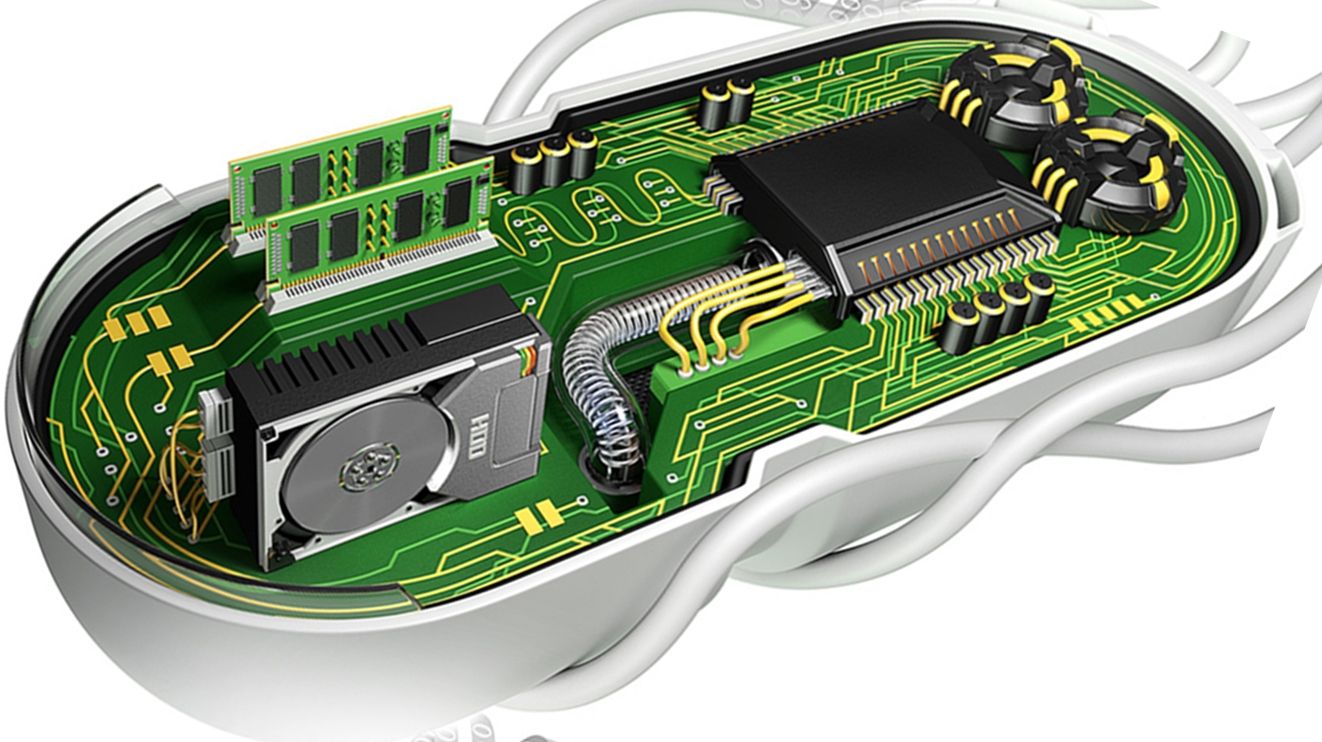Page 10654
Jul 25, 2016
Investigating Alzheimer’s pathologies
Posted by Roman Mednitzer in categories: biotech/medical, neuroscience
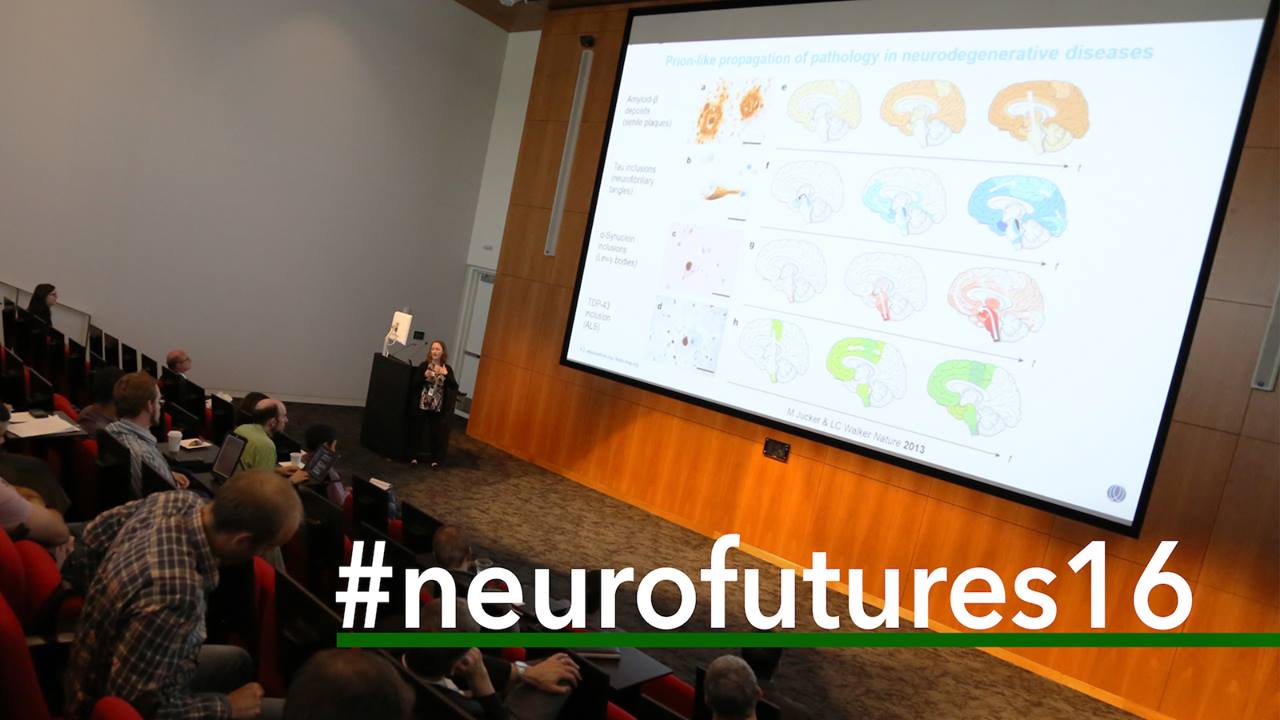
Julie Harris gave a fascinating talk at the recent NeuroFutures conference on mapping whole brain connectivity to investigate Alzheimer’s pathologies in mouse models.
20 GB/s Wi-Fi
Hold on to your hats – or in this case, your wireless devices – and prepare to be blown away by 802.11ay. The next generation wireless standard promises almost three times the speed of 802.11ad with transmission rates of 20 Gbps, up from 802.11ad’s current rate of 7 Gbps. It will also extend transmission distance from the 10 meter limit of 802.11ad to as far as 300–500 meters!
Scheduled for release next year, 802.11ay will increase bandwidth and improve the reliability and robustness of the 60GHz millimeter wave spectrum. It will be designed to improve throughput, range and use-cases.
One area that I am researching and learning more about is synthetic diamonds/ diamondoids. I came across this white paper written on the Nanofactory and wanted to share.
Jul 25, 2016
Making Jupiter into a Star
Posted by Andreas Matt in categories: alien life, entertainment, nuclear energy
Interesting…
The SETI concepts now called ‘Dysonian’ are to my mind some of the most exhilarating ideas in the field. Dysonian SETI gets its name from the ‘Dyson spheres’ and ‘Dyson swarms’ analyzed by Freeman Dyson in a 1960 paper. This is a technology that an advanced civilization might use to harvest the energy of its star. You can see how this plays off Nikolai Kardashev’s classification of civilizations; Kardashev suggested that energy use is a way to describe civilizations at the broadest level. A Type II society is one that can use all the energy of its star.
In the film 2010, director Peter Hyams’ 1984 adaptation of Arthur C. Clarke’s novel 2010: Odyssey Two (Del Rey, 1982), we see an instance of this kind of technology at work, though it has nothing to do with a Dyson sphere. In the film, a dark patch appearing on Jupiter signals the onset of what Martyn Fogg has called ‘stellification,’ the conversion of a gas giant into a small star. Rapidly replicating von Neumann machines — the famous monoliths — increase Jupiter’s density enroute to triggering nuclear fusion.
Jul 25, 2016
‘Tractor beams’ build atom-by-atom assembly in mid-air
Posted by Andreas Matt in categories: computing, particle physics, quantum physics, tractor beam
Physicists have manipulated 50 individual atoms at once in a dramatic upscaling of a technique vital to quantum computing. Cathal O’Connell explains.
Jul 25, 2016
Computers Could Use More Than World’s Production of Energy by 2040
Posted by Karen Hurst in categories: computing, sustainability
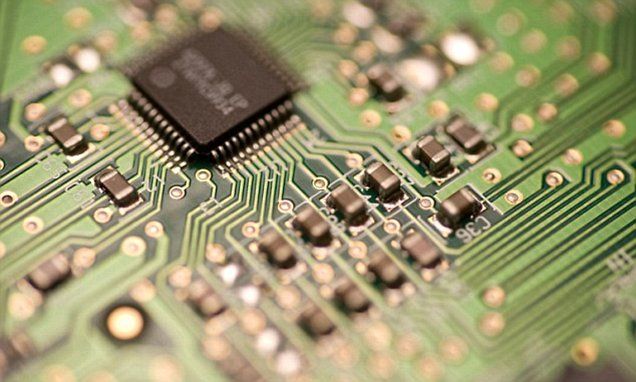
The report, by the Washington DC-based Semiconductor Industry Association and the Semiconductor Research Corporation, includes a chart which shows for the amount energy needed per bit, computing will not be sustainable by 2040.
This is when the energy required for computing is estimated to exceed the estimated world’s energy production.
Continue reading “Computers Could Use More Than World’s Production of Energy by 2040” »
Jul 25, 2016
Russia making new type of universal quantum computer with multilevel quantum qudits instead of qubits
Posted by Karen Hurst in categories: computing, quantum physics
Physicists from MIPT and the Russian Quantum Center have developed a method which is going to make it easier to create a universal quantum computer — they have discovered a way of using multilevel quantum systems (qudits), each one of which is able to work with multiple “conventional” quantum elements — qubits.
Professor Vladimir Man’ko, Scientific Supervisor of MIPT’s Laboratory of Quantum Information Theory and member of staff at the Lebedev Physical Institute, Aleksey Fedorov, a member of staff at the Russian Quantum Center, and his colleague Evgeny Kiktenko published the results of their studies of multilevel quantum systems in a series of papers in Physical Review A, Physics Letters A, and also Quantum Measurements and Quantum Metrology.
Jul 25, 2016
How MIT’s new biological ‘computer’ works, and what it could do in the future
Posted by Karen Hurst in categories: bioengineering, biotech/medical, computing, singularity
As I and others have shared for a while, Bio/ DNA Computing will be a major key piece of the Singularity picture.
MIT has taken a big step toward the ability to use engineered life-forms as a means of sensing, tracking, and even doing basic computing of information.
